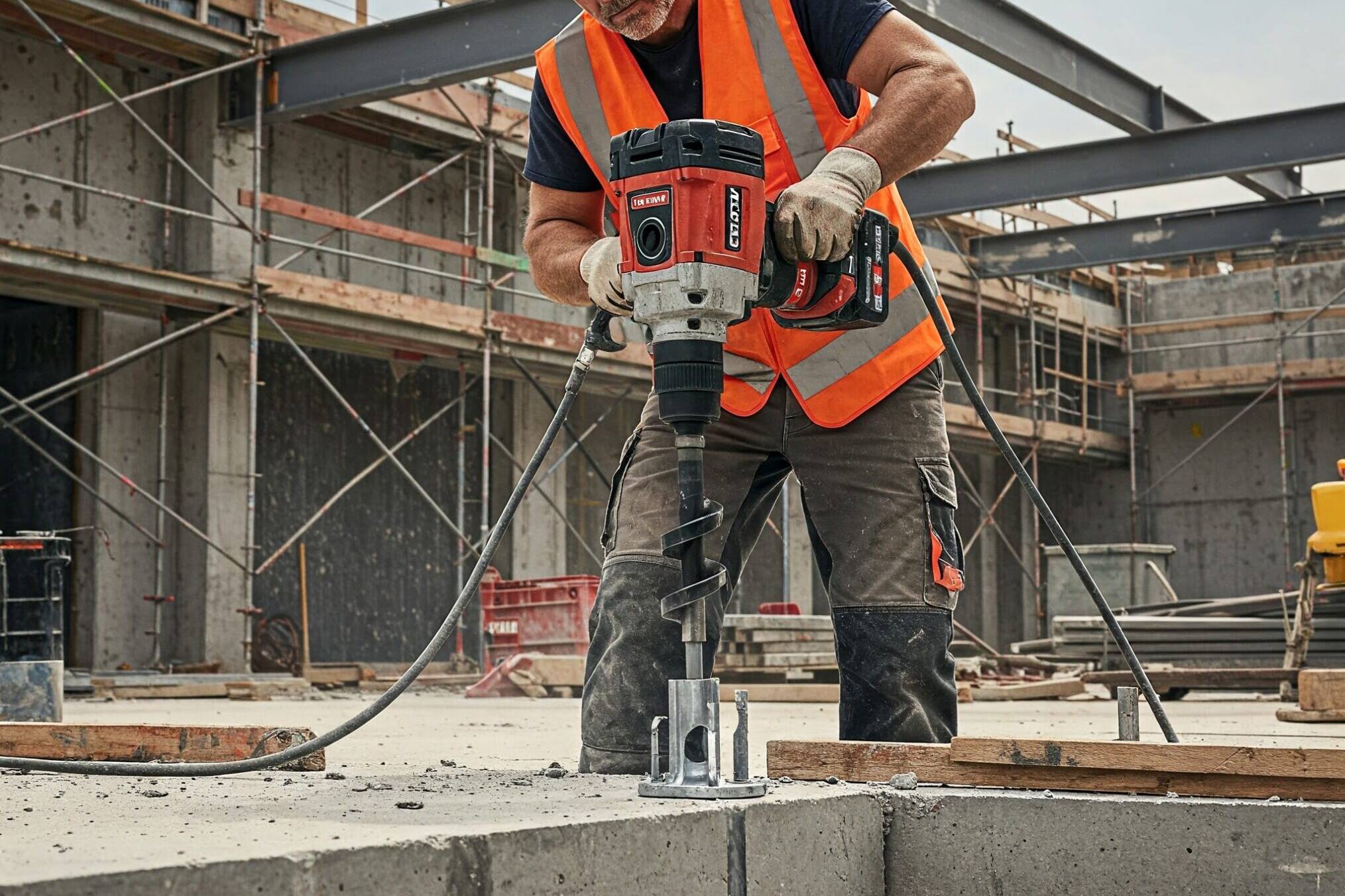The Initial Seismic Assessment (ISA) is a process used in New Zealand to assess the seismic performance of buildings following a major earthquake. It is used to determine the immediate safety of the building and the level of further assessment that is required. The ISA can also be used to identify whether a property is at risk for future events.
Structural and Non-Structural Elements
The ISA is typically carried out by a qualified engineer who visits the building and assesses its structural condition. The engineer will visually inspect the building and may carry out some basic testing to determine its seismic strength.
Non-structural elements can also be affected by seismic forces and contribute to injury, damage, or disruption in the event of an earthquake. In some cases, a seismic assessment may also include an evaluation of the building’s non-structural elements, such as identifying potential hazards or vulnerabilities in their attachment to the building’s structural system or their potential to topple or become dislodged during seismic activity. This information can be used to develop a plan to mitigate these hazards, such as securing or reinforcing non-structural elements, or relocating vulnerable equipment and fixtures away from potential hazards.
Detailed Seismic Assessments
The ISA is just the first step in the process of assessing the seismic performance of a building. If the building is identified as having structural or non-structural deficiencies, a more detailed engineering assessment may be required to determine the extent of the damage and the required remedial work.
The Detailed Seismic Assessment (DSA) is carried out by a qualified structural engineer or seismic specialist. The assessment involves a detailed inspection of the building’s structure, including its foundations, walls, floors, and roof, as well as any other significant structural elements. As part of the DSA, a range of non-structural elements may also be considered. The goal is to evaluate the seismic performance of a building and its non-structural elements under different seismic scenarios, and to identify potential vulnerabilities that may require retrofitting or mitigation measures.
Some of the non-structural elements that may be considered in a detailed seismic assessment include:
- Suspended ceilings and lighting fixtures
- Mechanical, electrical, and plumbing (MEP) systems and components such as ductwork, piping, and conduits
- Fire protection systems, including sprinklers and fire alarms
- Elevators, escalators, and other vertical transportation systems
- Windows, partitions, and interior walls
- Built-in storage cabinets, bookshelves, and other fixtures
- Communication and data systems, such as telephone and computer networks
- Non-structural components of the building envelope, such as cladding and curtain walls.
In a DSA, these non-structural elements may be evaluated for their ability to withstand seismic forces, including their attachment to the building’s structural system, their potential to become dislodged or damaged, and their potential to create hazards for building occupants.
The Outcome of a DSA for Non-Structural Elements
The assessment may include a visual inspection, a review of design and construction documents, as well as testing or analysis of the elements to determine their seismic performance.
The time required to complete a DSA for non-structural elements can range from a few weeks to several months, depending on the size and complexity of the building, the number of non-structural elements to be evaluated, and the resources available to the assessment team.
In addition, the DSA may need to be conducted in stages, with interim reports provided to the building owner or authority having jurisdiction, to allow for feedback and adjustment of the assessment scope and methodology.
Based on the findings of the assessment, recommendations may be made to retrofit or reinforce non-structural elements, or to develop emergency plans and procedures to mitigate the risks associated with these elements during an earthquake.
It’s important to note that a DSA for non-structural elements is typically just one component of a larger seismic evaluation of a building. A comprehensive seismic evaluation may include other assessments such as a Preliminary Seismic Hazard Analysis (PSHA), an Initial Seismic Evaluation (ISE), or a Detailed Seismic Evaluation (DSE) for the building’s structural components.
The ISA and DSA are important tools in ensuring that buildings in New Zealand are safe and resilient in the event of an earthquake. By identifying potential seismic risks and recommending remedial work, these assessments help protect the safety of occupants and reduce the impact of earthquakes on the built environment.
If you’d like to learn more about Brevity’s expertise in Initial Seismic Assessments and Detailed Seismic Assessments, please get in touch today.
Fall Arrest Systems: How Fall Protection Compliance Differs Between Australia and New Zealand
While both Australia and New Zealand adhere to similar fall protection standards, their approaches to enforcement and…
Rethinking Seismic Anchors: A Smarter Approach for Interiors Engineering
Explore how Brevity is leading a smarter approach to seismic anchors in interiors engineering—balancing compliance,…
Navigating Interiors Engineering Challenges in New Zealand’s Education Sector: Key Considerations for Architects
Designing interiors for educational facilities in New Zealand requires a precise balance between safety, functionality,…


